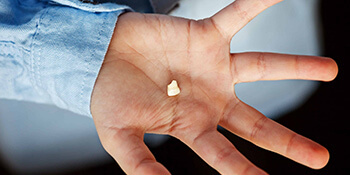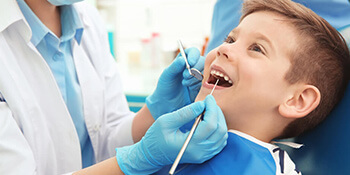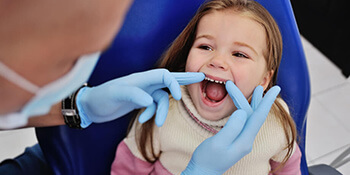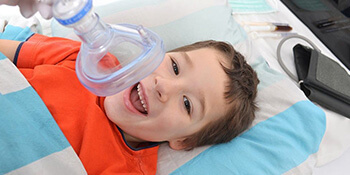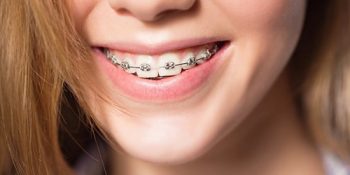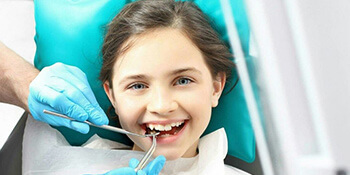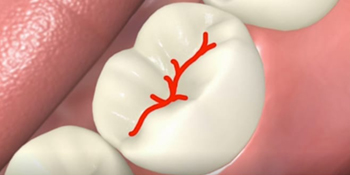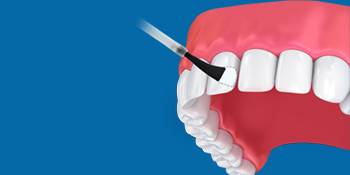Dental Accidents Treatments
The first teeth to appear in the mouth are called milk teeth. These teeth are completed when the child reaches 2.5 years of age. There are 20 milk teeth, 10 in the lower jaw and 10 in the upper jaw. When the child reaches the age of 6, the first permanent teeth begin to appear in the mouth, and at the age of 11-12, only permanent teeth are present in the mouth with the eruption of the second premolars. This process in which both primary and permanent teeth appear in the mouth at the same time is called the mixed dentition period.
Sometimes, in the event of a fall or injury, the tooth can become dislodged or broken. If a tooth breaks as a result of an accident, you should go to the dentist without wasting time by wiping the tooth with warm water and keeping it clean. You can be sure that you will receive the necessary attention and relevance from our Istanbul Smile Center physicians and the best possible intervention for your children.
What to Do in Dental Accidents?
Potential pool accidents and the consequences they may cause “In cases such as suddenly coming to the surface in the water or falling due to the slippery floor while running and playing by the pool, ceramic pool edges, the simplest enamel crack, anterior tooth fractures, displacement or even dislocation of the tooth” can lead to negativity. First intervention to save the tooth:
It is important to apply gentle pressure to the soft tissue part causing the bleeding to stop the bleeding. If there is a broken tooth, the mouth should be rinsed with warm water to remove any residue or foreign matter. If the broken part of the tooth is found and stored under suitable conditions, such as in a glass of milk, it can be glued back into place by the dentist.
Depending on the direction of the incoming force, these parts can sometimes be in the lip tissue. In such cases, the part must be removed from there as soon as possible. If the broken part is not found, the tooth edge can be shaped by the dentist in very small fractures. If the fracture involves the nerve of the tooth, further treatment is required. If the permanent tooth is completely dislodged, the root surface should not be touched.
The displaced tooth should be stored in milk as the first choice, then in saline solution or, as a last possibility, in the mouth until you go to the doctor. Quick intervention increases the chance of tooth recovery. It prevents infections that may occur and helps to end the treatment in a simple way.
In some stops, the severity and direction of the trauma may cause the tooth to be embedded in the bone. In such a case, the severity of the burial determines the treatment option. In some cases, the tooth is expected to return to its original state, while in more severe embeddings, the tooth is brought back to its original position either orthodonticly or surgically.
If the Front Tooth Is Completely Displaced:
Place the tooth between a clean gauze pad. Have your child wet this diaper with his saliva. Then consult your doctor without wasting time. It is important to start the treatment within one hour at the latest for the replacement of the tooth. If the tooth has not lost its vitality and has been preserved under appropriate conditions, it is likely that the tooth will be replaced.
If One or More of Your Front Teeth Is Broken:
Find the broken parts of the tooth. When you find it, keep it with gauze and saliva or put it in a glass of milk and consult your doctor without wasting time. If the broken tooth pieces are grown in time, they are fixed in place by bonding.
If Broken Tooth Pieces Are Not Found, There Are Two Actions To Be Taken
If the Broken Part is Small:
If the broken part of the tooth is small and not found, white filling is applied to this area. With the composite filling application, the fractured area is filled. However, these fillings turn yellow over time. For this reason, it must be renewed at certain intervals.
If the Broken Piece is Large:
If the fracture is a large part of the tooth, Porcelain Laminate Veneers can be applied to people over the age of 17. Porcelain Laminate Veneers are very durable and closest to natural teeth.
Our children under the age of 17 have not completed their teeth and jaw development. For this reason, Porcelain Laminate Veneers are not made. It is most appropriate for these children to have composite laminates made.
